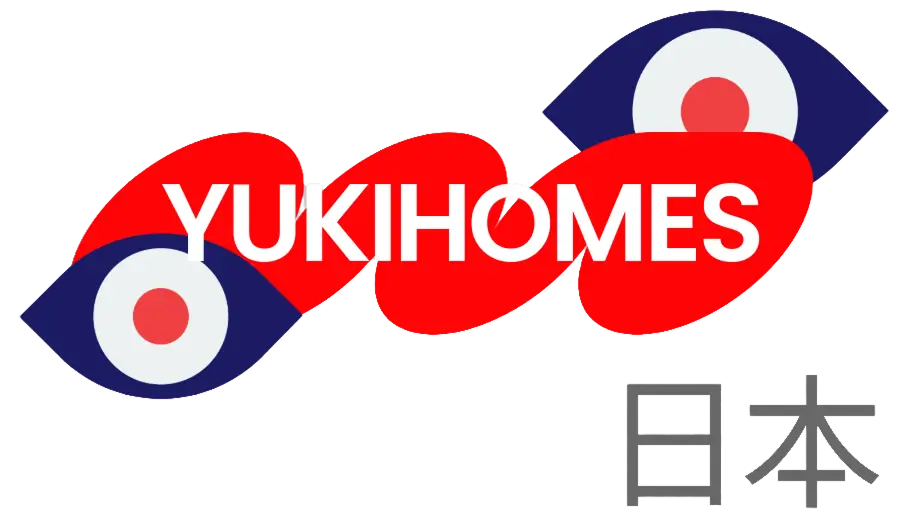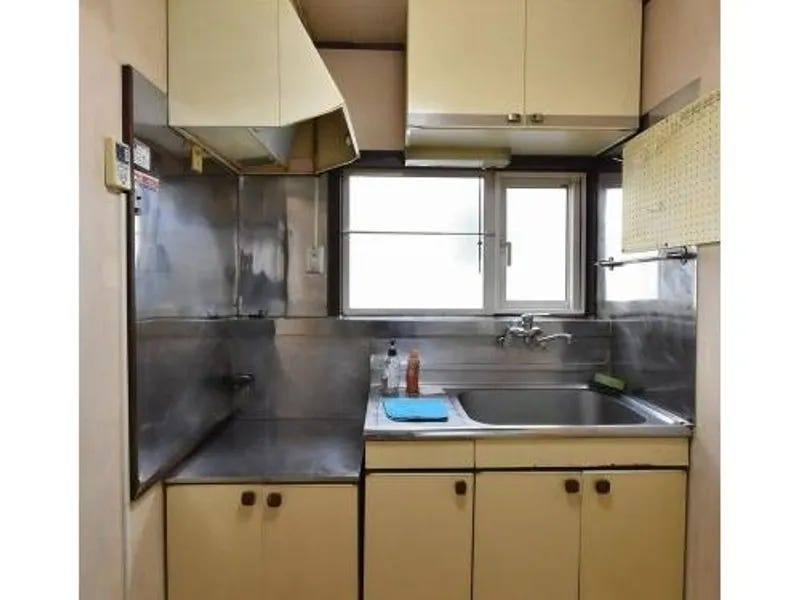Let's get one thing straight: that ¥300,000 house from the akiya bank isn't move-in ready. If it were, it wouldn't be ¥300,000. Understanding renovation costs isn't just helpful—it's essential for determining whether you're getting a deal or walking into a money pit.
After managing renovations on dozens of akiya properties, we've learned that renovation budgets in Japan follow predictable patterns. More importantly, we've learned where people consistently underestimate costs and where they unnecessarily overspend.
The ¥2 Million Reality Check
¥2 million (about $14,000) is the magic number most foreign buyers hear thrown around. Here's what it actually gets you—and what it doesn't.
What ¥2 million covers:
- Basic electrical updates (outlets, switches, main panel if needed)
- Plumbing repairs (fixing leaks, updating fixtures)
- Tatami replacement in 2-3 rooms
- Fresh paint throughout
- Minor roof repairs (cleaning gutters, replacing damaged tiles)
- New flooring in kitchen/bathroom areas
- Basic kitchen refresh (not replacement)
What ¥2 million definitely doesn't cover:
- Structural repairs
- Full kitchen/bathroom replacement
- Septic system upgrades
- Major roofing work
- Foundation issues
- Adding insulation
- Installing modern heating systems
The Hidden Costs Nobody Warns You About
Demolition and disposal - ¥200,000-500,000 Japanese disposal laws are strict and expensive. That mountain of old furniture, tatami, and random household items? It costs serious money to remove properly.
Utilities reconnection - ¥100,000-300,000 If utilities have been disconnected for years, getting them back online isn't just a phone call. Sometimes you're looking at new connections, updated panels, or system upgrades.
Code compliance - ¥300,000-800,000 Older homes might need updates to meet current building codes, especially for electrical and seismic safety.
Access issues - ¥150,000-400,000 If contractors can't drive right up to your house, every material delivery and waste removal costs extra.
Regional Renovation Reality
Hokkaido renovations:
- Higher material costs due to shipping
- Excellent contractor availability
- Focus on insulation and heating (essential)
- Budget 20% more than mainland Japan
Rural renovations:
- Lower labor costs
- Limited contractor selection
- Longer project timelines
- Traditional materials might be expensive
Tourist area renovations:
- Premium pricing for everything
- Contractors booked months ahead
- Higher standards expected
- Good resale value supports higher investment
The ¥500,000 vs ¥5 Million Decision
¥500,000 budget (basic livability):
- Fix immediate problems (leaks, electrical hazards)
- Make it safe and functional
- Keep original character intact
- Perfect for weekend use or short-term visits
¥2 million budget (comfortable living):
- Address all major systems
- Modern conveniences without losing charm
- Good for full-time living or rental potential
- Sweet spot for most foreign buyers
¥5 million budget (full modernization):
- Contemporary kitchen and bathrooms
- Proper insulation and heating
- Smart home features if desired
- Investment-grade finish for premium rental or resale
What We've Learned From Client Renovations
Start with infrastructure, not aesthetics. Fix the roof, plumbing, and electrical first. That Instagram-worthy kitchen doesn't matter if water is pouring through the ceiling.
Japanese contractors are conservative with estimates. If they say ¥1 million, budget ¥1.2 million. They're usually pretty accurate, but they don't always account for discovery issues.
Timing matters for costs. Renovation costs spike during golden week, summer vacation, and year-end. Schedule around these periods if possible.
Traditional elements are expensive to restore properly. That beautiful but damaged ranma (decorative wooden transom) might cost ¥300,000 to repair correctly.
The Renovation Stages That Make Sense
Phase 1: Make it safe and dry (¥300,000-800,000)
- Fix roof leaks
- Address electrical hazards
- Ensure plumbing works
- Basic cleaning and decluttering
Phase 2: Make it comfortable (¥800,000-2,000,000)
- Update kitchen and bathroom
- Replace flooring
- Install proper heating
- Fresh paint and basic modernization
Phase 3: Make it special (¥2,000,000+)
- Restore traditional features
- High-end finishes
- Landscaping and outdoor spaces
- Modern conveniences and luxury touches
Red Flags That Blow Your Budget
Foundation problems - Can easily hit ¥3-5 million Structural roof damage - ¥1-3 million depending on severity Complete electrical rewiring - ¥800,000-1,500,000 Septic system replacement - ¥1-2 million Serious water damage - Anywhere from ¥500,000 to "tear it down"
How to Avoid Renovation Disasters
Get multiple estimates. Japanese contractors might be honest, but their approaches vary wildly.
Understand what "included" means. Labor? Materials? Permits? Cleanup? Don't assume.
Plan for the unexpected. Budget 20-30% extra for discoveries during renovation.
Know when to walk away. If the renovation estimate exceeds the total property value, find a different house.
The ROI Reality Check
Most foreign buyers aren't renovating for resale—they're creating their dream Japanese home or a rental property. But understanding value makes sense:
Under-renovated properties - Hard to rent, limited resale appeal Over-renovated properties - You'll never get your money back in rural areas Right-sized renovations - Maintain character while adding modern functionality
What We Tell Our Clients
Your renovation budget should match your intended use. Weekend getaway? Keep it simple. Full-time residence? Invest in comfort and efficiency. Rental property? Focus on durability and broad appeal.
More importantly, factor renovation costs into your total budget from day one. A ¥300,000 house that needs ¥3 million in work isn't a bargain—it's a ¥3.3 million house with extra steps.
We help our clients get realistic renovation estimates before they buy, not after. Because the worst time to discover your dream house needs ¥5 million in work is after you've already signed the papers.
Want realistic renovation estimates before you buy? Our network includes contractors across Japan who give honest assessments. No surprises, no budget-busting discoveries after closing.
Check out our new FREE search and discovery tool. Nipponhomes
Don’t forget about the Referral Program!
Share any of our newsletters—get us 5 new subscribers—and you’ll score a custom Yuki Homes heavyweight tee, screen printed in Brooklyn and designed by our insanely talented friend Erick.
Not some cheap heat-press junk. We're talking real quality, real style.
Start sharing. Start earning. Start looking good.
Serious about buying a home in Japan—especially in Hokkaido?
Subscribe to our exclusive paid blog and get insider access to Japan’s most promising real estate opportunities. Each month, we send you 10 top property picks, complete with:
- ROI potential breakdowns
- Estimated renovation costs
- Proximity to ski resorts, amenities, and transport
- Personalized Q&A access, ask us anything about the listings or the Japan market
Take the Next Step
Join our community for exclusive insights and resources on Japanese real estate investments.

Our team
Meet the founders.

Derek has been working in the Airbnb space for the past 10+ years and recently purchased a home in Japan. He is excited to bring this investment opportunity to others in the States & abroad.

Nick has a passion for adventure and has always dreamed of owning a property in Japan. His dreams finally came true when Derek brought him in on a deal of a lifetime in Hokkaido, Japan - one of Nick's favorite places on Earth.


